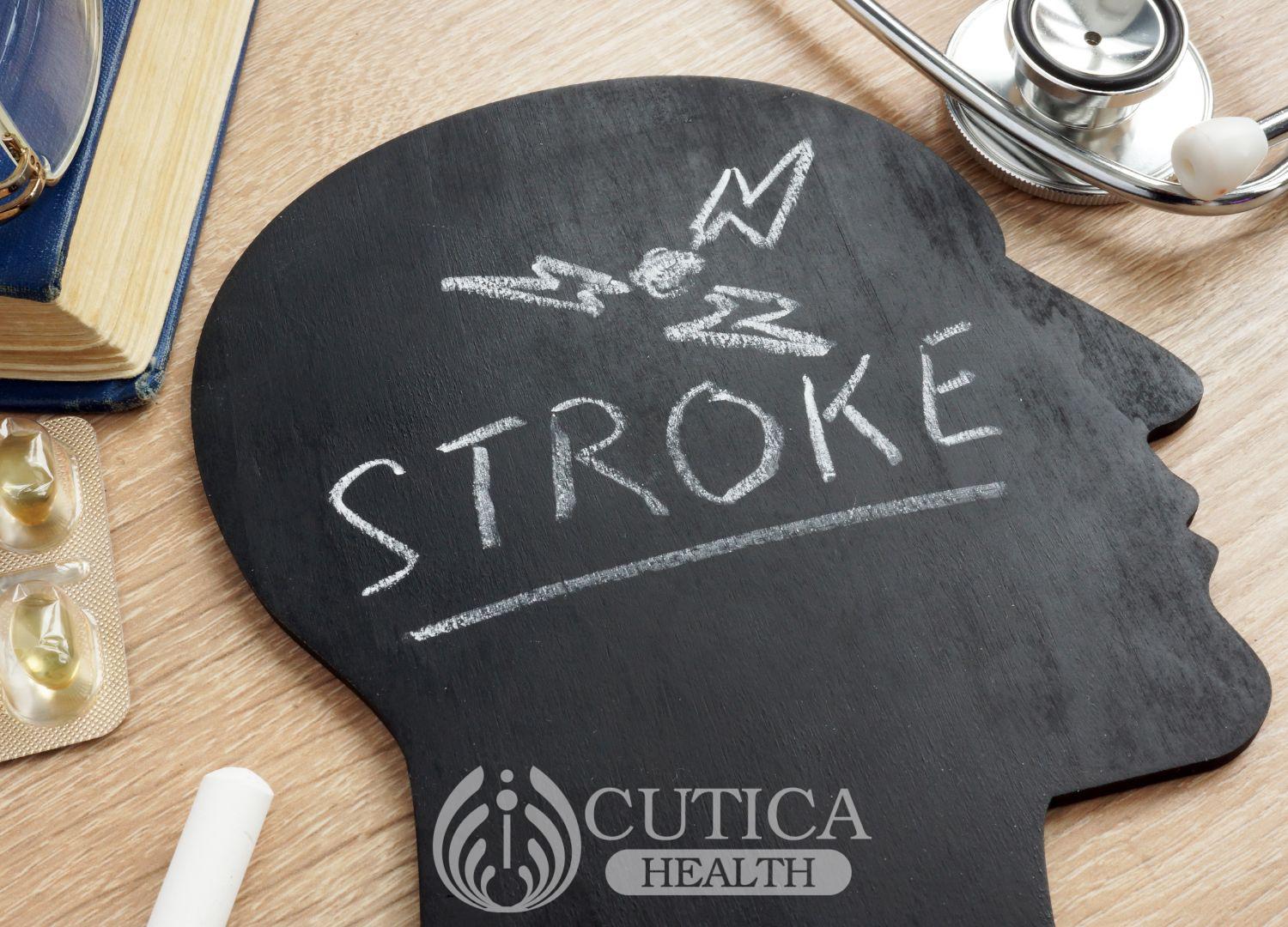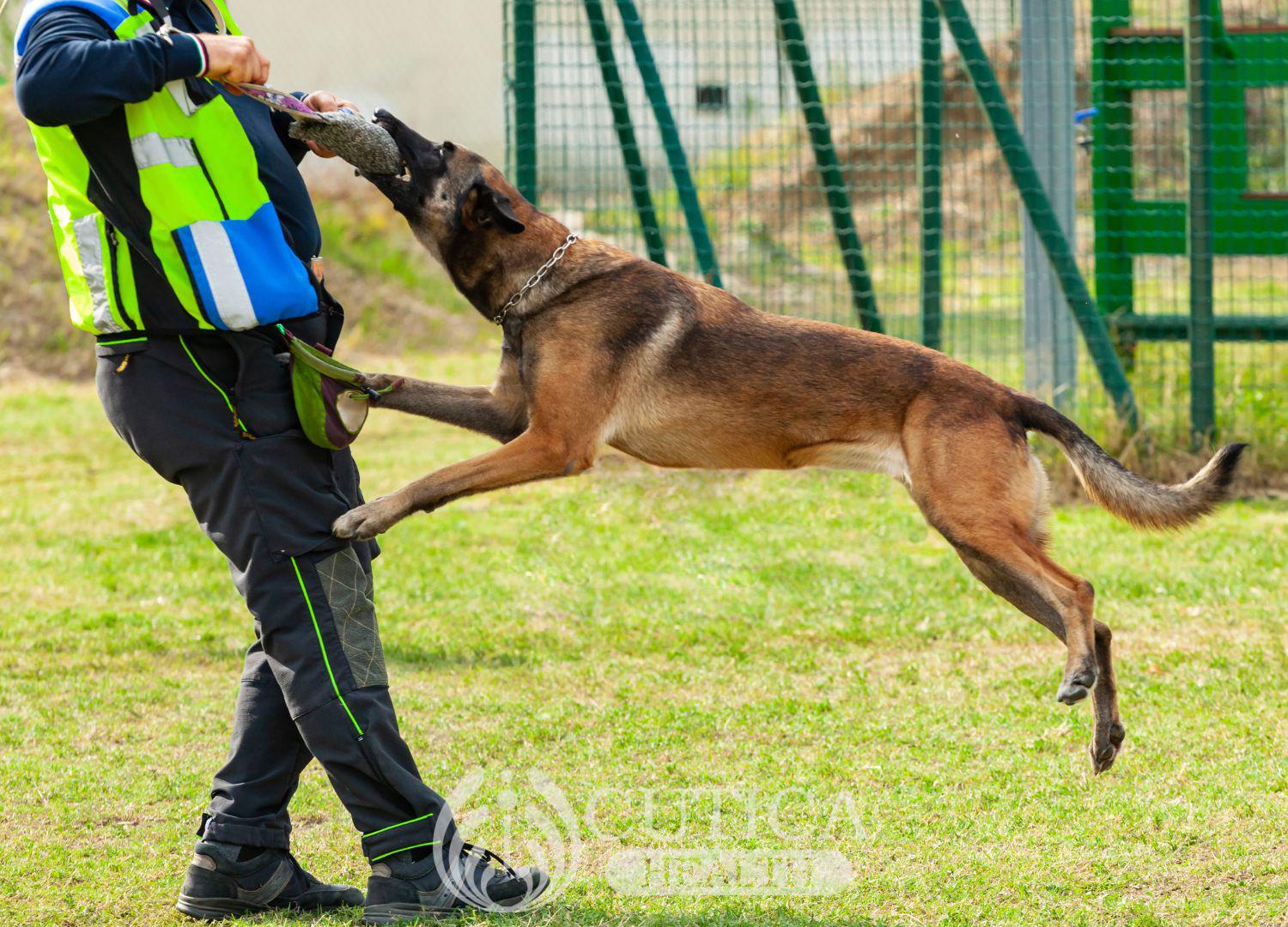
Yusuf got bitten by his neighbor’s dog two days ago and the wound seems to be getting bigger. I recall his mother had massaged the area with palm oil heated for a few minutes. His mother was sure this would heal the wound and prevent any infection. But that has not been the case as the wound now appears bigger and is obviously infected.
Animal bites are very common, and dogs are one of the most common culprits. Regardless of which breed of dog bit you, there are a few things to do first right after the bite:
- Squeeze the wound gently to allow it bleed a little; this could help eliminate bugs from the dog’s saliva that lie within the superficial layer of the skin.
- Clean the bite wound with plain soap and warm water
- Try to remove any objects you can see around or within the wound, including teeth, dirt, or hair with running water
- Press a clean towel onto the wound to stop the bleeding if it is heavy
- Pat the wound dry after cleaning it and cover it with a clean dressing
- Go to the hospital as soon as possible after doing this
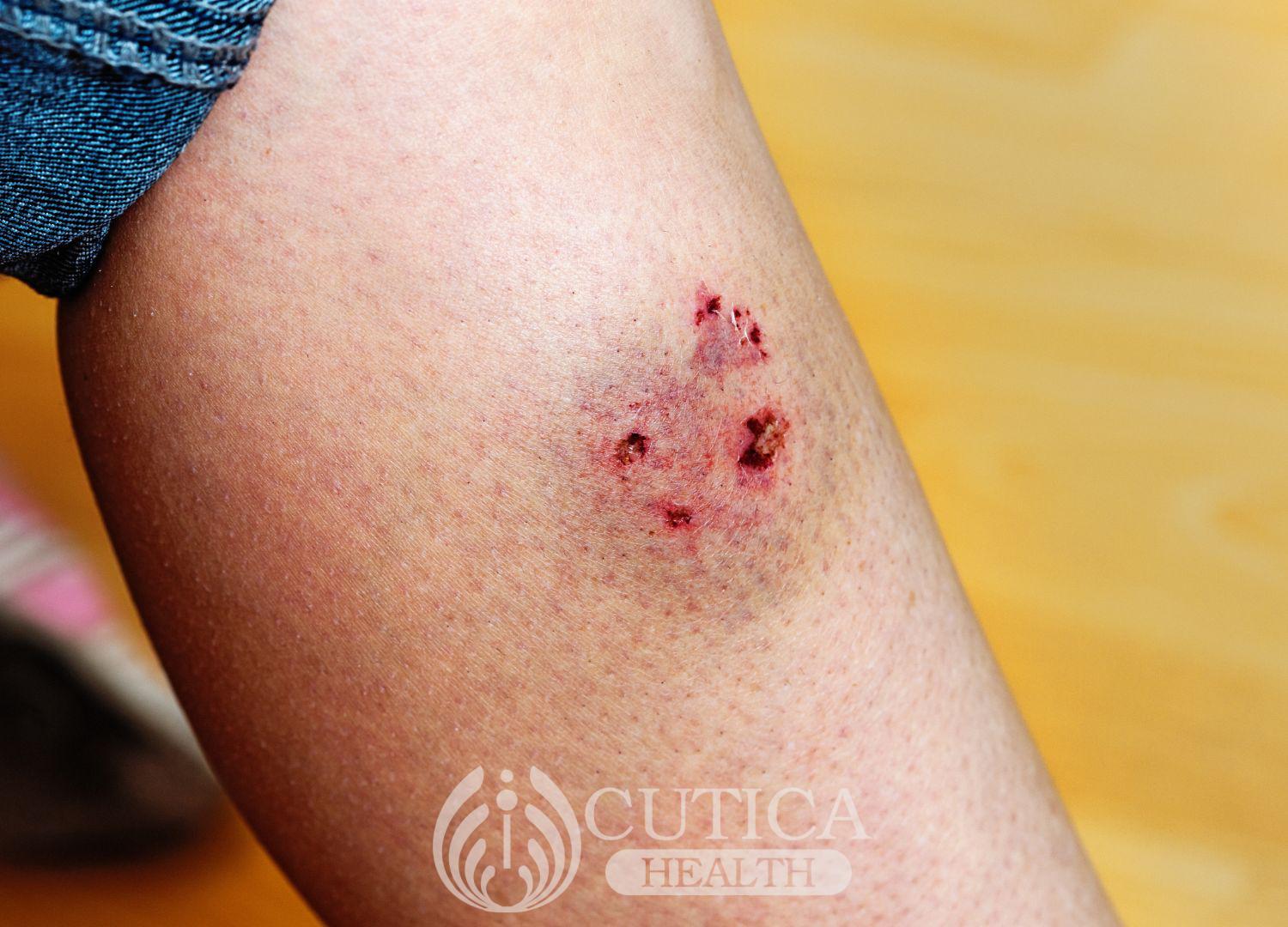
At the hospital, your doctor will examine the wound and ask you certain questions to determine your risk of serious infections, including tetanus and rabies.
Questions your doctor would be interested in include:
- The owner of the dog
- If the dog is up to date on all vaccinations, including rabies
- If the bite was provoked or unprovoked
- Your tetanus immunization status.
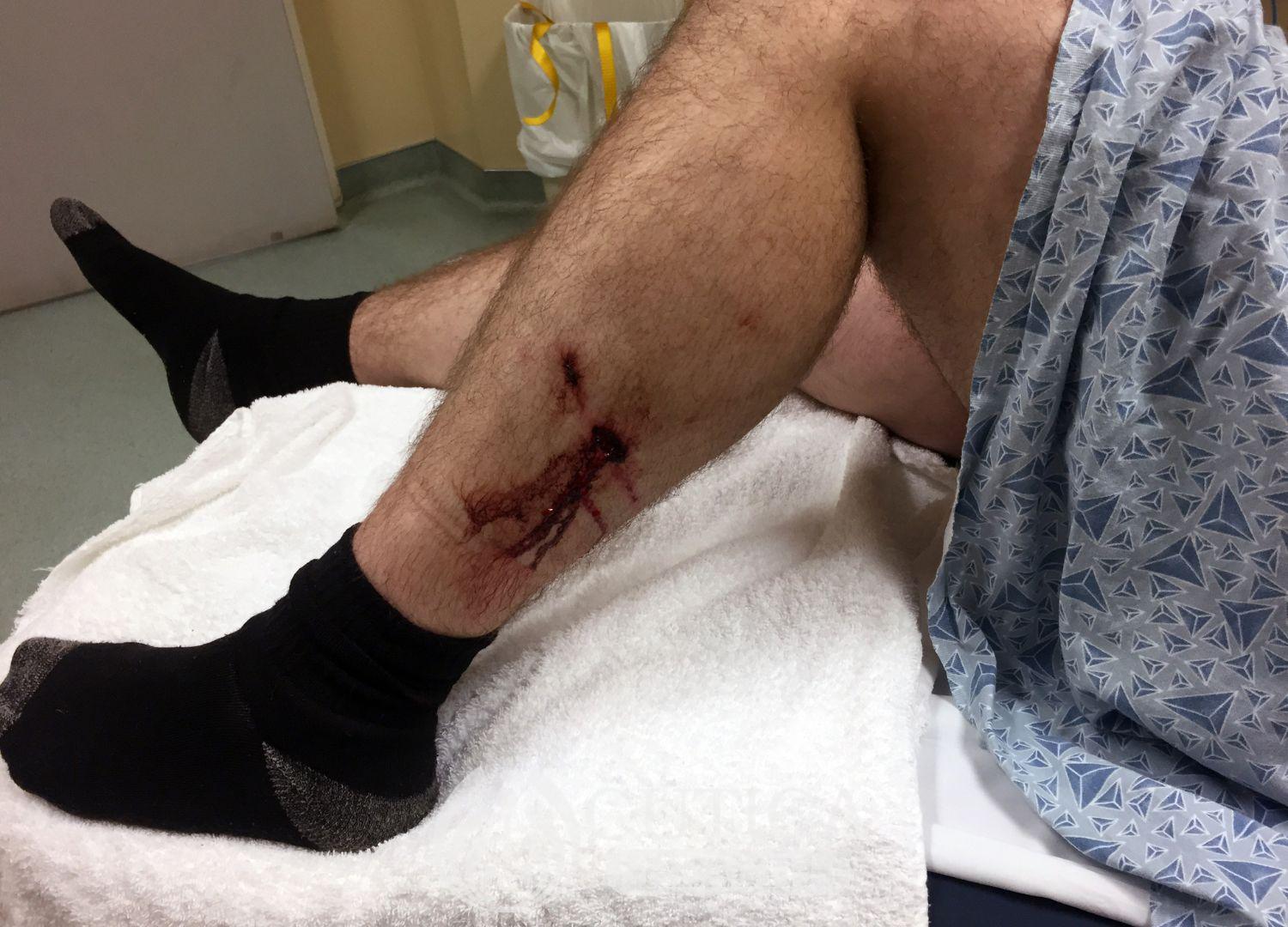
Treatment of Dog Bites
Your doctor will treat a dog bite in the following steps:
- Clean the wound thoroughly – even if you had done so yourself before – to remove debris, dirt, and bugs that could infect it. This is done by irrigating it. Your doctor may need to open up the wound if it is large to clean it thoroughly.
- Stitch the wound: The bite wound may be large enough to be stitched so that it heals nicely and doesn’t cause scars. Another reason why it may be stitched it so limit the spread of bugs into it. An exception is bites to the hand or foot, which are often not stitched.
- Your doctor may also prescribe antibiotics for a few days to kill any bugs left in the wound
- Depending on your tetanus immunization status, your doctor may administer the tetanus vaccine or immunoglobulin to prevent tetanus infection.
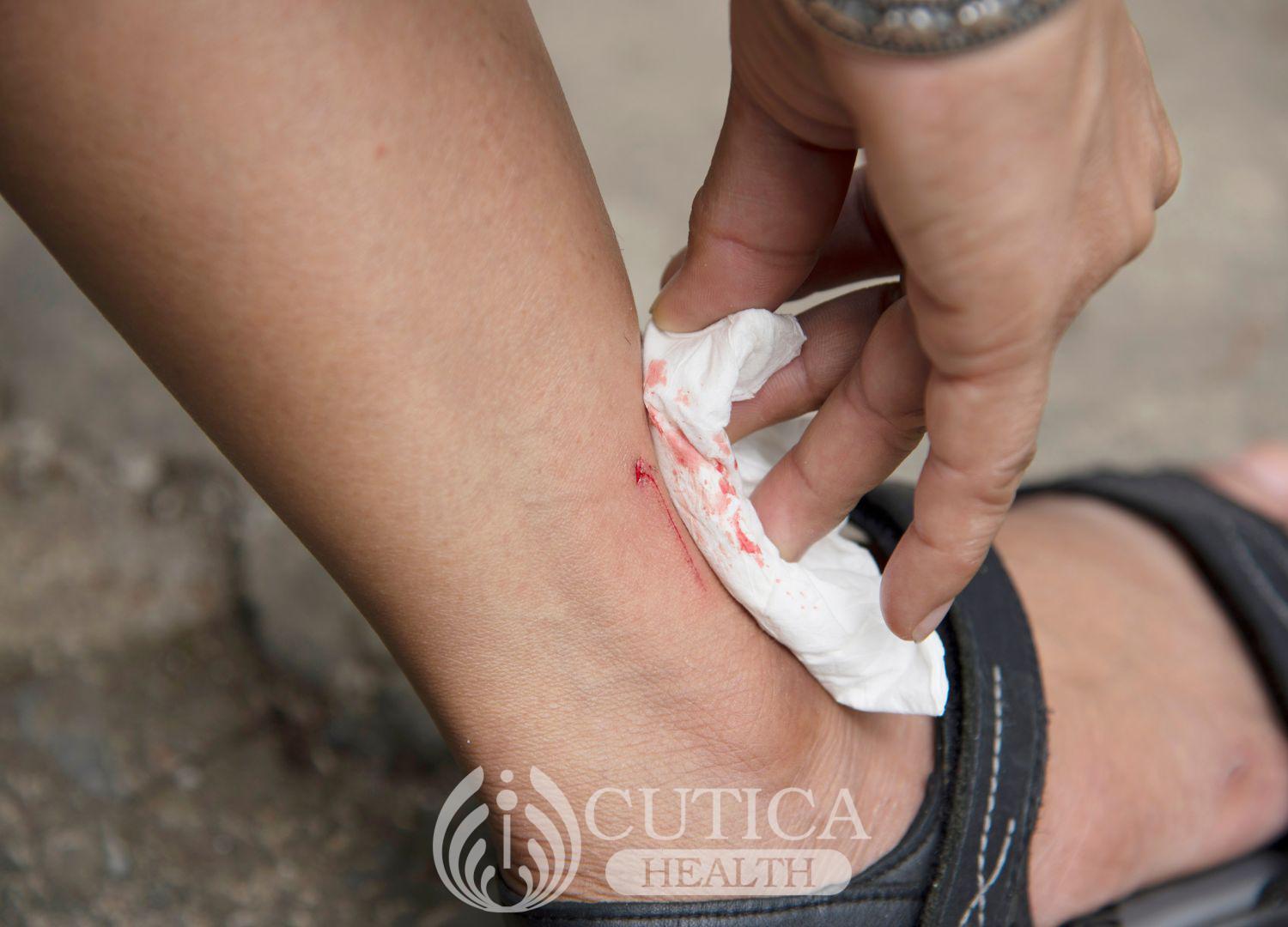
Your doctor will also evaluate you for the anti-rabies regimen, a series of injections given on different days from the day of the bite, to lower your risk of rabies, another potentially life-threatening bite-related infection
How do you know a bite wound is infected?
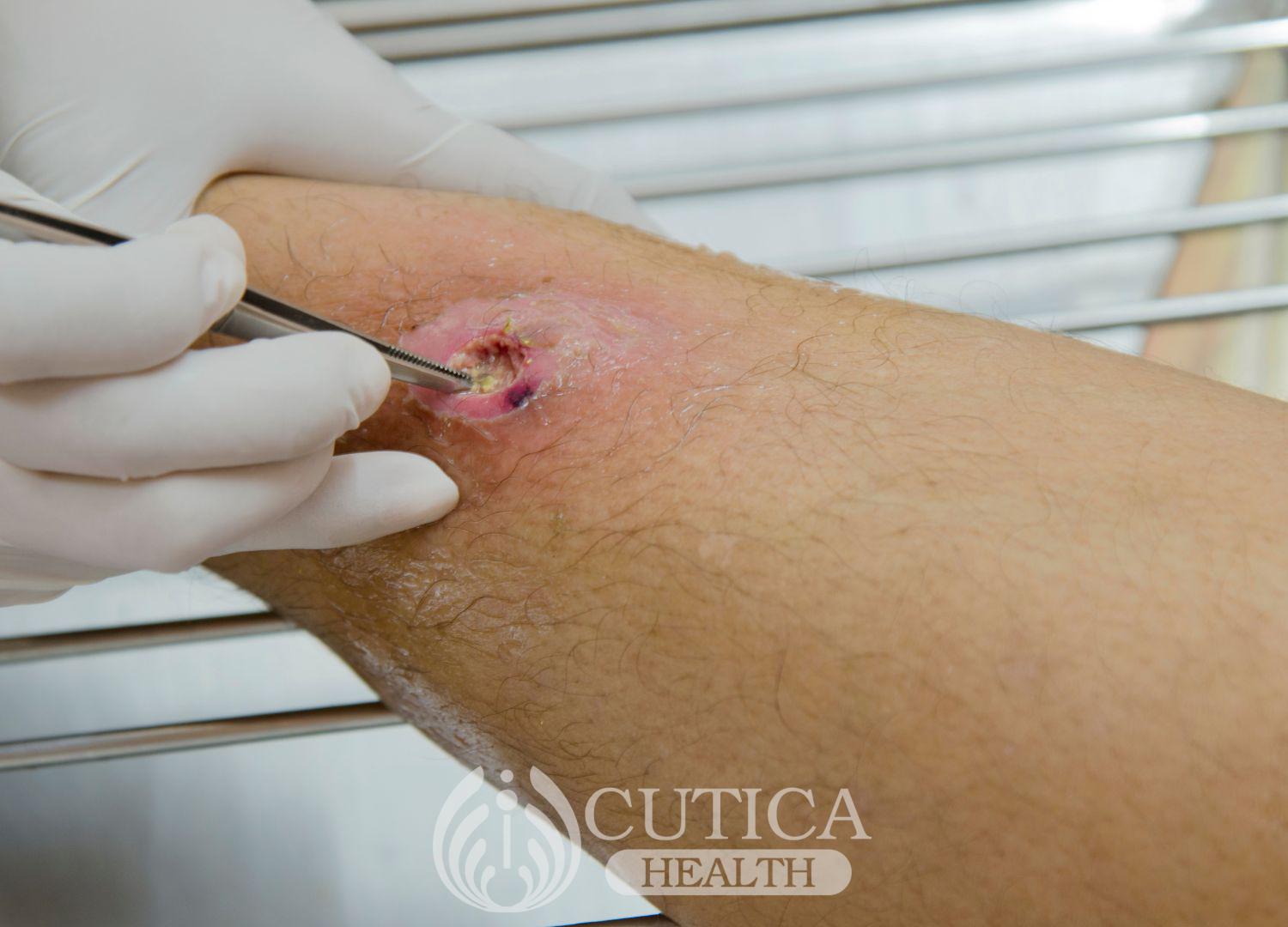
These are the signs that a bite wound is infected and needs additional attention:
- The bite is warm to touch, swollen, painful, with redness in the surrounding skin
- You may have a fever
- There’s some discharge from the bite wound
- The wound has an offensive smell











